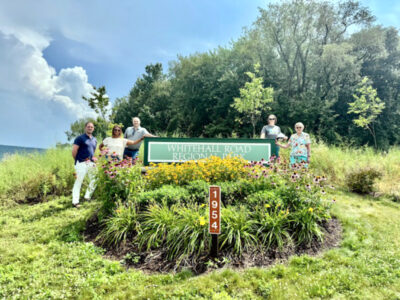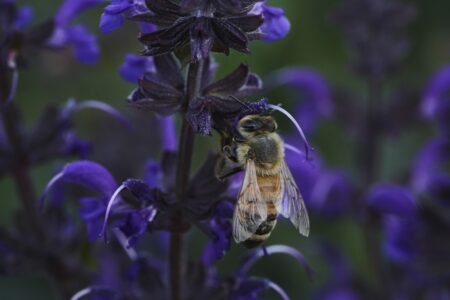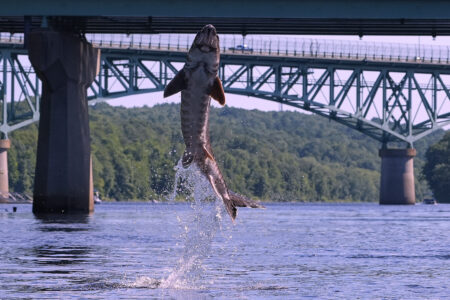Heard but not seen: the Eastern Whip-poor-will

Tom Murray Flickr CC BY-NC 2.0. An Eastern Whip-poor-will blends in to its surroundings.
There is an enigmatic bird in our region that likes to be heard but not seen. It chants its song into the darkness of spring and summer evenings, then spends the daylight hours sitting motionless in the forest, camouflaged by the grays and browns of leaf litter and tree bark. A member of the Nightjar family of birds, it is the Eastern Whip-poor-will (antrostomus vociferus), and I, perhaps like some of you, have heard but never seen one. It is a grayish-brown bird, medium-sized and a bit bigger than a robin, with large, dark-brown to blackish eyes. The only other local bird in the same family is the common nighthawk, and the populations of both birds are in steep decline in Pennsylvania.
The Eastern Whip-poor-will is one of my favorite birds, and it deserves a moment in the bird lore spotlight. First, its name is spectacular. WHIP-POOR-WILL. WHIP-POOR-WILL. WHIP-POOR-WILL. A delightful phrase! Say it aloud and you may understand how the bird was named. The Eastern Whip-poor-will is one of about two-dozen birds in North America that has a name that is onomatopoeic — a word that phonetically resembles the sound that it describes — as it is named “whip-poor-will” because the bird’s call sounds like it is shouting WHIP-POOR-WILL into the night. The EWPW sits in the North America onomatopoeic club with some famous friends, for instance, chickadee, pewee, phoebe, and killdeer, just to name a few. If you are not familiar with the song, check out some audio recordings on e-Bird or YouTube, it’s an accurate name.
For a good shot at finding this aerial insectivore (it feeds on insects while flying, like a barn swallow or chimney swift) learn its call, then wait near an open-understory forest on a bright moon night in mid-to-late May or early June (moonlight is known to influence nightjar calling rates). Then, at about a half hour after sunset, go out and listen for the song: WHIP-POOR-WILL! WHIP-POOR-WILL!
Want to actually see one? Best of luck to you. During the day, the EWPW’s brindled plumage is an invisibility cloak against the backdrop of the forest. It sits like a statue waiting for dusk to arrive. I’ve never spotted one. Maybe you’ll have better luck?
Unfortunately, the chances of seeing or even hearing an Eastern Whip-poor-will within our area becomes slimmer each year. Nightjars like the EWPW are in steep decline here as open-understory forests are converted to suburbs or agriculture, and insect declines continue. Audubon’s climate change model projects that, by 2080, the EWPW will lose 78 percent of its breeding range and 55 percent of its non-breeding range. As of March, 2021, there are just 68 EWPW observations logged in the Lycoming dataset on e-Bird for the EWPW; just a single picture and five audio recordings, all of which are from near the White Deer Ridge (Skyline Drive) hawk watch hotspot.
If you are interested in learning more about the EWPW, I suggest the U.S. Nightjar Network at nightjars.org (not affiliated with or a sponsor of this column). They have a nightjar survey being conducted at the end of May, which includes the EWPW, and there are a number of local routes available for adoption.
And, if you are lucky or skilled enough to put your eyes on an Eastern Whip-poor-will, please do snap a picture and add it to e-Bird. There is more visual evidence out there of the local big foot (sasquatch) population, and that’s simply unacceptable for such a marvelous bird.
——
Austin White is a Director at Large with the Lycoming Audubon Society and an attorney in Williamsport.
BIRD LORE is produced by the Lycoming Audubon Society (serving Lycoming and Clinton Counties) and Seven Mountains Audubon (serving Union, Snyder, Northumberland and Columbia Counties). Information about these National Audubon Society chapters can be found at http://lycomingaudubon.blogspot.com and http://sevenmountainsaudubon.org



